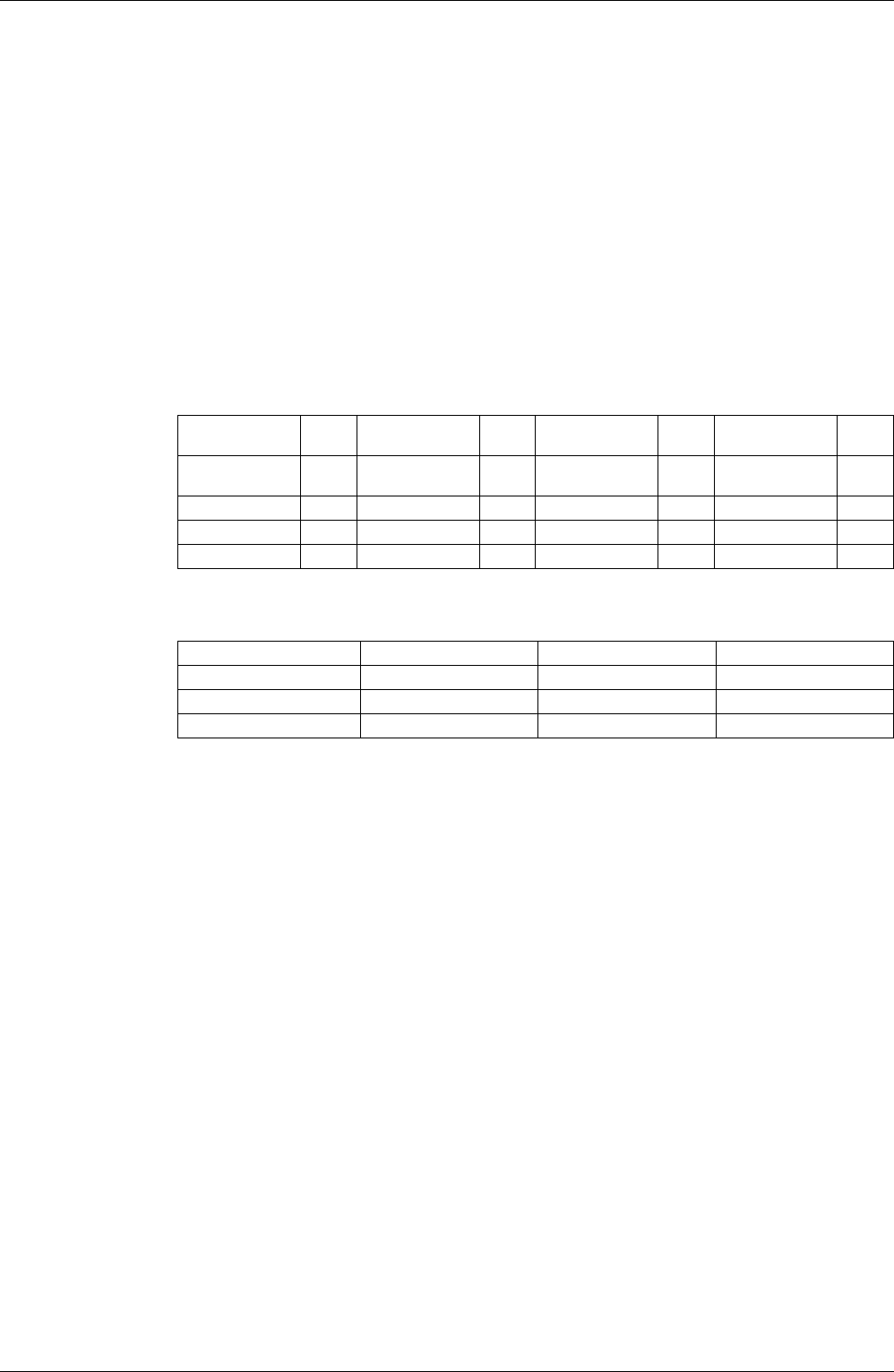Specifications
Table Of Contents
- Cover
- Table of Contents
- Part 1 List of Functions
- Part 2 Specifications
- Part 3 Printed Circuit Board Connector Wiring Diagram
- Part 4 Function and Control
- Part 5 Operation Manual
- Part 6 Service Diagnosis
- 1. Caution for Diagnosis
- 2. Problem Symptoms and Measures
- 3. Service Check Function
- 4. Code Indication on the Remote Controller
- 5. Troubleshooting
- 5.1 Indoor Units
- 5.2 Outdoor Units
- 5.3 Indoor Unit PCB Abnormality A1
- 5.4 Freeze-up Protection Control or High Pressure Control A5
- 5.5 Fan Motor or Related Abnormality A6
- 5.6 Thermistor or Related Abnormality (Indoor Unit) C4,C9
- 5.7 Front Panel Open / Close Fault C7
- 5.8 Signal Transmission Error (between Indoor and OutdoorUnit) U4
- 5.9 Unspecified Voltage (between Indoor and Outdoor Units) UA
- 5.10 Freeze-up Protection Control A5
- 5.11 Outdoor Unit PCB Abnormality E1
- 5.12 OL Activation (Compressor Overload) E5
- 5.13 Compressor Lock E6
- 5.14 DC Fan Lock E7
- 5.15 Input Over Current Detection E8
- 5.16 Discharge Pipe Temperature Control F3
- 5.17 High Pressure Control in Cooling F6
- 5.18 Compressor Sensor System Abnormality H0
- 5.19 Position Sensor Abnormality H6
- 5.20 CT or Related Abnormality H8
- 5.21 Thermistor or Related Abnormality (Outdoor Unit) P4,J3,J6,J8,J9,H9
- 5.22 Electrical Box Temperature Rise L3
- 5.23 Radiation Fin Temperature Rise L4
- 5.24 Output Over Current Detection L5
- 5.25 Insufficient Gas U0
- 5.26 Low-voltage Detection or Over-voltage Detection U2
- 5.27 Signal Transmission Error (on Outdoor Unit PCB) U7
- 5.28 Anti-icing Function in Other Rooms / UnspecifiedVoltage (between Indoor and Outdoor Units) UA,UH
- 6. Check
- Part 7 Removal Procedure
- Part 8 Others
- Part 9 Appendix
- Index
- Drawings & Flow Charts

Control Specification SiBE12-713
84 Function and Control
2. Determine upper limit frequency
Set a minimum value as an upper limit frequency among the frequency upper limits of the
following functions:
Compressor protection, input current, discharge pipes, freeze-up protection, dew prevention,
fin thermistor temperature.
3. Determine lower limit frequency
Set a maximum value as an lower limit frequency among the frequency lower limits of the
following functions:
Pressure difference upkeep.
4. Determine prohibited frequency
There is a certain prohibited frequency such as a power supply frequency.
Indoor Frequency Command (
∆
D signal)
The difference between a room temperature and the temperature set by the remote controller
will be taken as the “
∆
D signal” and is used for frequency command.
∗
Th OFF = Thermostat OFF
Indoor Unit Capacity (S value)
The capacity of the indoor unit is a “S” value and is used for frequency command.
Frequency Initial Setting
<Outline>
When starting the compressor, or when conditions are varied due to the change of the operating
room, the frequency must be initialized according to the total of a maximum
∆
D value of each room
and a total value of Q (
Σ
Q) of the operating room (the room in which the thermostat is set to ON).
Q value: Indoor unit output determined from indoor unit volume, air flow rate and other factors.
PI Control (Determine Frequency Up / Down by
∆
D Signal)
1. P control
Calculate a total of the
∆
D value in each sampling time (20 seconds), and adjust the
frequency according to its difference from the frequency previously calculated.
2. I control
If the operating frequency is not change more than a certain fixed time, adjust the frequency
up and down according to the
Σ∆
D value, obtaining the fixed
Σ∆
D value.
When the
Σ∆
D value is small...lower the frequency.
When the
Σ∆
D value is large...increase the frequency.
3. Limit of frequency variation width
When the difference between input current and input current drooping value is less than 1.5
A, the frequency increase width must be limited.
4. Frequency management when other controls are functioning
When each frequency is drooping;
Frequency management is carried out only when the frequency droops.
For limiting lower limit
Frequency management is carried out only when the frequency rises.
Temperature
difference
∆D
signal
Temperature
difference
∆D
signal
Temperature
difference
∆D
signal
Temperature
difference
∆D
signal
0 ∗Th
OFF
2.0 4 4.0 8 6.0 C
0.5 1 2.5 5 4.5 9 6.5 D
1.0 2 3.0 6 5.0 A 7.0 E
1.5 3 3.5 7 5.5 B 7.5 F
Capacity S value Capacity S value
2.5 kW 25 6.0 kW 60
3.5 kW 35 7.1 kW 71
5.0 kW 50










